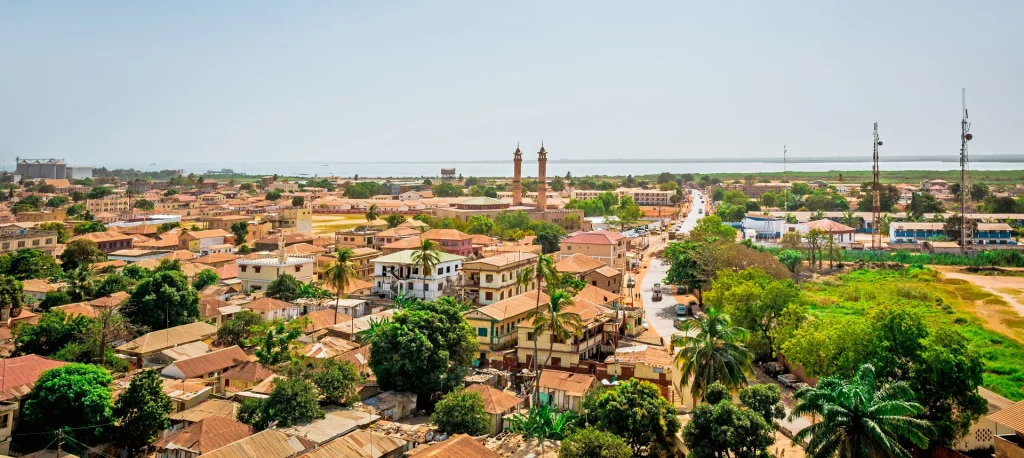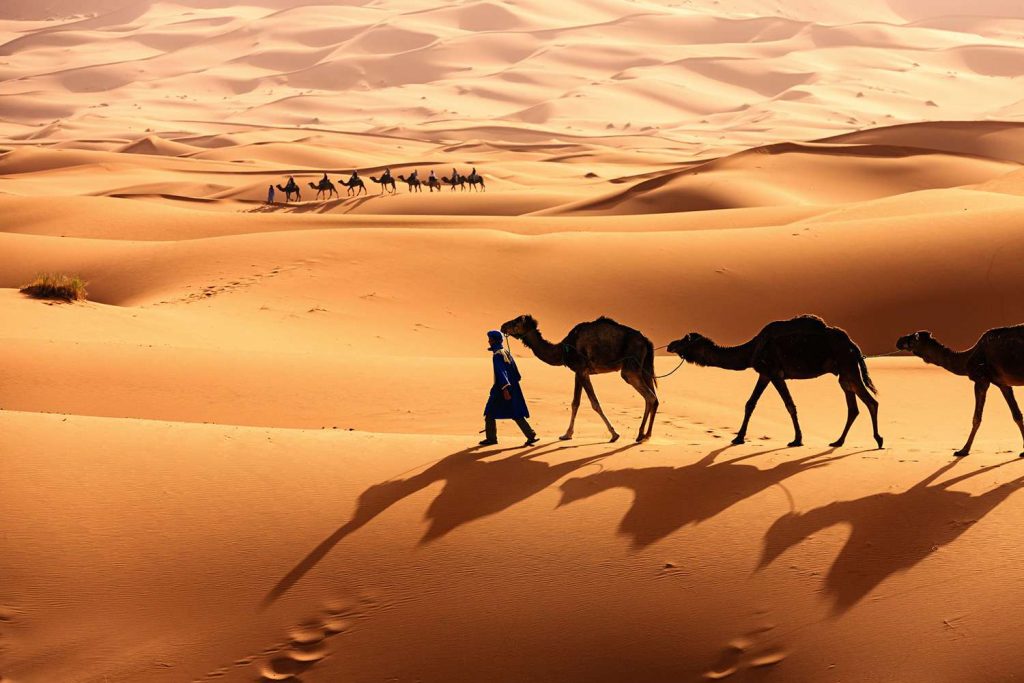Gambia is the smallest nation on the African continent and completely surrounded by Senegal, apart from a short bit where the river, also called Gambia flows into the Atlantic Ocean. The countries size is often justified by a tale stating that British soldiers shot canons while going up the river and the reach of the canons marked the borders opposing the French.

Source: www.wanderlust.co.uk
The coast of Gambia is only 80 kilometers long, still eleven percent of the countries area is water due to the river Gambia. Its geographical location combined with the many wetlands create a unique fauna containing about 530 kinds of plants. Sadly, elephants, lions and giraffes were shot by colonials and are therefore not present in the country anymore. There are however, 540 kinds of birds to be found in Gambia, making it a bird watchers dream destination.
Due to the huge variety of ethnicities living in the country a lot of languages are spoken. The main official language has stayed English. Tourism is a big part of Gambia’s economy, meaning that people working in the industry often speak other languages including German, Dutch, French, or Finnish.
For tourists the months between November and June are particularly interesting as there is virtually no rain. Different to many other winter-sun destinations Gambia is less expensive than competitors and only five hours away from central Europe. Temperatures range from 29 to 35 degrees, perfect for a beach holiday.
When visiting Gambia, you should refrain from only lying in the sun, as the country offers much more than sun and beaches. Visiting local craft markets or normal markets is a fun way of getting to know the culture and products the country offers, don’t forget to haggle.
Even though Gambia is a Muslim country, there is alcohol on offer. The country’s own brewery is called Julbrew, so be sure to have a glass of their lager when taking your next lunch or dinner.
In case you always wanted to get close with monkeys, visit Bijilo Forest Park. The green vervet monkeys have become very accustomed to humans, but you should not feed them as they are taking over the habitat of the Western Red Colobus monkey, which can also be spotted but in far greater distance.



